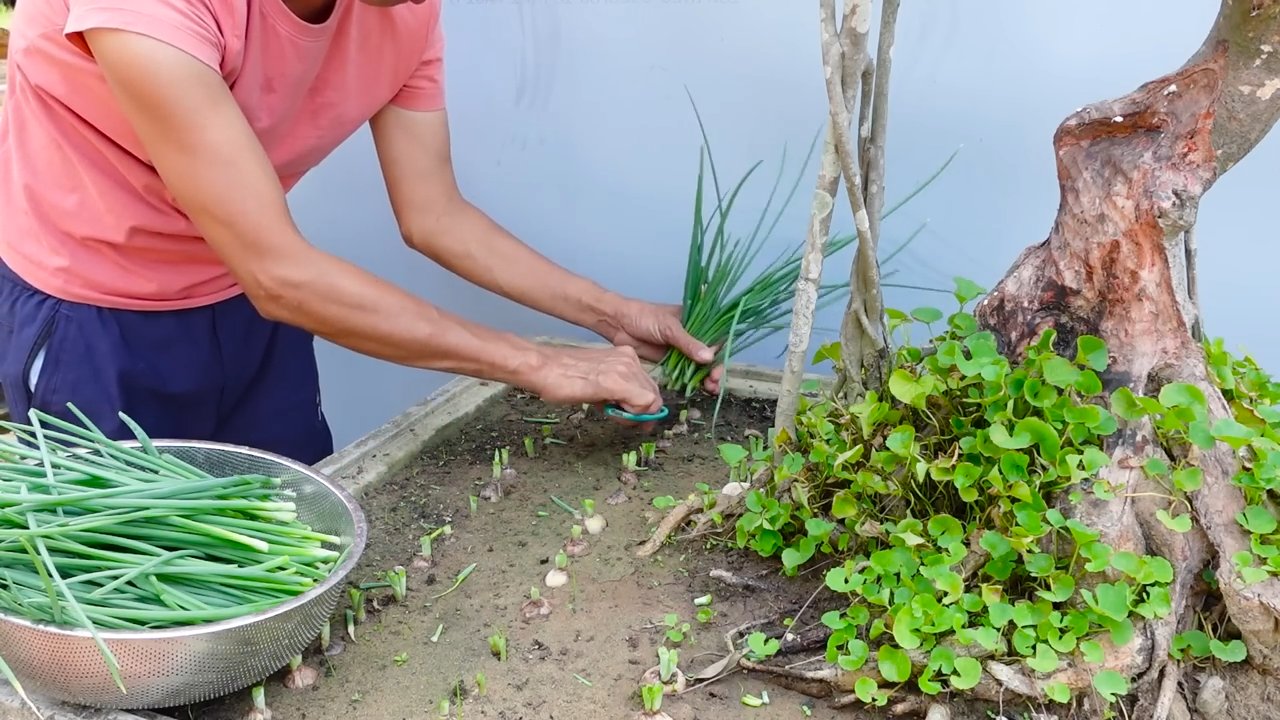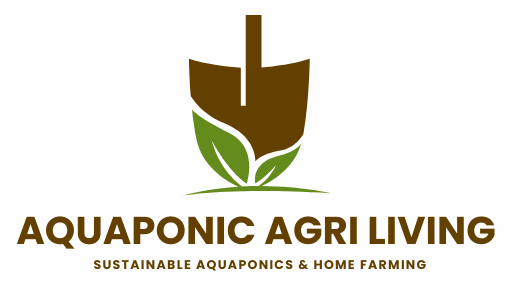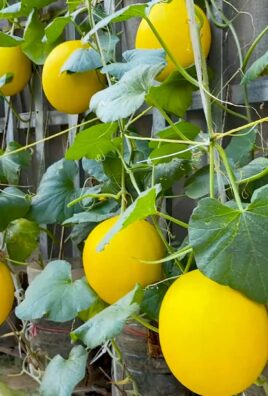Growing Green Onions at Home is easier than you might think, and I’m here to show you how! Forget those sad, wilted bunches from the grocery store – imagine snipping fresh, vibrant green onions right from your own kitchen garden whenever you need them. Sounds amazing, right?
For centuries, cultures around the globe have cultivated alliums, including green onions, for both culinary and medicinal purposes. From ancient Egypt, where onions were revered and even used as offerings, to traditional Chinese medicine, where they’re valued for their warming properties, these humble plants have a rich history. But you don’t need to be an expert gardener to enjoy the benefits of fresh green onions.
In today’s busy world, convenience is key, but so is knowing where your food comes from. Growing Green Onions at Home offers the perfect solution. It’s a simple, sustainable way to add fresh flavor to your meals, reduce food waste (no more half-used bunches going bad in the fridge!), and connect with nature, even if you only have a small windowsill. Plus, it’s incredibly rewarding to watch something you planted thrive. So, let’s dive into some easy DIY tricks and hacks that will have you harvesting your own delicious green onions in no time!

Growing Green Onions From Kitchen Scraps: A Beginner’s Guide
Hey there, fellow green thumb enthusiasts! Have you ever tossed the root ends of your green onions, feeling a twinge of guilt? Well, stop right there! I’m here to tell you that you can easily regrow those little guys right in your kitchen, providing you with a constant supply of fresh green onions. It’s a super simple and rewarding project, perfect for beginners and seasoned gardeners alike. Plus, it’s a fantastic way to reduce food waste!
What You’ll Need
Before we dive in, let’s gather our supplies. The beauty of this project is that you probably already have most of what you need!
* Green Onion Scraps: The stars of the show! You’ll need the bottom 1-2 inches of your green onions, including the roots. Make sure the roots are still attached and look relatively healthy.
* A Glass or Jar: Any small glass or jar will do. I like to use mason jars, but even an old yogurt container will work in a pinch.
* Water: Tap water is perfectly fine.
* Potting Soil (Optional): While you can grow green onions in water indefinitely, transplanting them to soil will result in more robust growth and a longer lifespan.
* A Small Pot (Optional): If you plan to transplant your green onions, you’ll need a small pot with drainage holes.
* Scissors or a Knife: For trimming the green onions as they grow.
* A Sunny Spot: Green onions need sunlight to thrive. A windowsill or countertop near a window is ideal.
Growing Green Onions in Water: The Quick and Easy Method
This is the simplest method, perfect for getting started quickly.
1. Prepare the Green Onion Scraps: After you’ve used the green parts of your onions, carefully trim the root ends, leaving about 1-2 inches of the white part attached to the roots. Don’t worry if some of the outer layers are a little slimy; just peel them off gently.
2. Place the Scraps in Water: Fill your glass or jar with enough water to cover the roots, but not so much that it submerges the entire white part of the onion. You want the roots to be submerged, but the cut end of the onion should be exposed to air.
3. Find a Sunny Spot: Place the glass or jar in a sunny location, like a windowsill. Green onions need at least 6 hours of sunlight per day to grow well.
4. Change the Water Regularly: This is crucial! Change the water every 1-2 days to prevent bacteria growth and keep the roots healthy. I usually do this every morning when I’m making coffee.
5. Watch Them Grow! You should start to see new green shoots emerging from the top of the onion within a few days. It’s really quite amazing!
6. Harvest Your Green Onions: Once the green shoots have grown to a usable length (usually a few inches), you can start harvesting them. Simply snip off the amount you need with scissors, leaving about an inch or two of green growth. The green onions will continue to grow back, providing you with a continuous supply.
Transplanting to Soil: For Bigger, Better Green Onions
While growing green onions in water is convenient, transplanting them to soil will result in stronger, healthier plants and a more abundant harvest.
Preparing for Transplanting
1. Wait for Root Development: Allow the green onion scraps to grow in water for about a week or two, until the roots are well-developed. You should see a significant amount of new root growth.
2. Choose a Pot: Select a small pot with drainage holes. The size of the pot will depend on how many green onion scraps you’re transplanting. A 4-6 inch pot is usually sufficient for a few scraps.
3. Fill the Pot with Potting Soil: Use a good quality potting soil that drains well. Avoid using garden soil, as it can be too heavy and compact.
The Transplanting Process
1. Gently Remove the Green Onions from the Water: Carefully remove the green onion scraps from the water, being careful not to damage the roots.
2. Make a Hole in the Soil: Use your finger or a small tool to create a hole in the soil that is large enough to accommodate the roots of the green onion.
3. Place the Green Onion in the Hole: Gently place the green onion scrap in the hole, making sure the roots are spread out.
4. Cover the Roots with Soil: Carefully cover the roots with soil, gently pressing down to secure the plant. Leave the white part of the onion exposed above the soil line.
5. Water Thoroughly: Water the soil thoroughly after transplanting, until water drains out of the drainage holes.
Caring for Your Transplanted Green Onions
1. Place in a Sunny Location: Just like when growing in water, transplanted green onions need plenty of sunlight. Place the pot in a sunny location, like a windowsill or a patio.
2. Water Regularly: Water the soil whenever it feels dry to the touch. Avoid overwatering, as this can lead to root rot.
3. Fertilize Occasionally: To encourage healthy growth, you can fertilize your green onions every few weeks with a diluted liquid fertilizer.
4. Harvest as Needed: You can harvest your green onions as needed, just like when growing them in water. Simply snip off the amount you need with scissors, leaving about an inch or two of green growth.
Troubleshooting Common Issues
Even with the best intentions, you might encounter a few hiccups along the way. Here are some common issues and how to address them:
* Yellowing Leaves: Yellowing leaves can be a sign of overwatering, underwatering, or lack of nutrients. Make sure you’re watering properly and consider fertilizing your green onions.
* Slow Growth: Slow growth can be caused by insufficient sunlight or lack of nutrients. Make sure your green onions are getting enough sunlight and consider fertilizing them.
* Root Rot: Root rot is caused by overwatering and poor drainage. Make sure your pot has drainage holes and avoid overwatering. If you suspect root rot, you can try transplanting the green onions to fresh soil.
* Slimy Roots: Slimy roots are usually a sign of bacteria growth in the water. This is why it’s so important to change the water regularly.
Tips for Success
Here are a few extra tips to help you succeed in growing green onions from kitchen scraps:
* Start with Healthy Scraps: The healthier the green onion scraps you start with, the better your chances of success. Choose scraps with firm roots and no signs of rot or decay.
* Use Clean Water: Always use clean water when growing green onions in water. This will help prevent bacteria growth.
* Don’t Overcrowd: If you’re growing multiple green onion scraps in the same glass or pot, make sure they have enough space to grow. Overcrowding can lead to competition for resources and stunted growth.
* Experiment with Different Varieties: There are many different varieties of green onions, each with its own unique flavor and characteristics. Experiment with different varieties to find your favorites.
* Enjoy the Process! Growing green onions from kitchen scraps is a fun and rewarding project. Don’t be afraid to experiment and learn along the way.
Beyond the Basics: Advanced Techniques
Feeling adventurous? Here are a few advanced techniques to take your green onion growing to the next level:
* Succession Planting: To ensure a continuous supply of green onions, start new scraps every few weeks. This is called succession planting.
* Growing in Hydroponics: For a more advanced approach, you can try growing green onions in a hydroponic system. This involves growing plants without soil, using a nutrient-rich water solution.
* Saving Seeds: If you allow your green onions to flower, you can collect the seeds and use them to grow new plants. This is a great way to propagate your favorite varieties.
So there you have it! Everything you need to know to grow green onions from kitchen scraps. It’s a simple, sustainable, and rewarding project that anyone can do. Happy growing!
Conclusion
So, there you have it! Growing green onions at home from scraps is not just a fun little project; it’s a game-changer for your kitchen and your wallet. Think about it: no more last-minute trips to the grocery store when you realize you’re missing that crucial garnish. No more half-used bunches wilting away in the crisper drawer. Just fresh, vibrant green onions, ready to add a burst of flavor to your favorite dishes, whenever you need them.
This simple DIY trick transforms kitchen waste into a sustainable source of fresh produce. It’s incredibly satisfying to watch those little roots sprout and the green shoots reach for the sun. Plus, it’s a fantastic way to introduce kids to the wonders of gardening and the importance of reducing food waste. It’s a win-win-win!
But the benefits don’t stop there. Consider the versatility of home-grown green onions. While this guide focuses on regrowing from scraps, you can also experiment with different varieties. Try planting shallot bulbs or even the base of a leek for a milder, sweeter onion flavor. You can also adjust the growing environment to influence the taste. For example, providing more sunlight can result in a stronger, more pungent flavor, while less sunlight can yield a milder taste.
Don’t be afraid to get creative! Use different containers, experiment with different types of water (filtered versus tap), or even try adding a diluted liquid fertilizer to boost growth. The possibilities are endless.
Ultimately, the success of your green onion growing endeavor depends on your willingness to experiment and adapt. Pay attention to your plants, observe their growth patterns, and adjust your approach as needed. Remember, even if you encounter a few setbacks along the way, the reward of fresh, homegrown green onions is well worth the effort.
We wholeheartedly encourage you to give this DIY trick a try. It’s easy, inexpensive, and incredibly rewarding. And once you’ve experienced the joy of harvesting your own fresh green onions, we’re confident you’ll be hooked.
So, grab those green onion scraps, find a sunny spot, and get growing! And most importantly, don’t forget to share your experiences with us. We’d love to hear about your successes, your challenges, and any variations you’ve discovered. Share your photos and stories on social media using #HomegrownGreenOnions and let’s inspire others to embrace the joys of sustainable gardening. Let’s all enjoy the benefits of **growing green onions at home**!
Frequently Asked Questions (FAQ)
1. How long does it take for green onions to regrow from scraps?
The time it takes for green onions to regrow from scraps can vary depending on several factors, including the variety of green onion, the amount of sunlight they receive, and the temperature. Generally, you can expect to see new growth within a few days. Within a week, you should notice significant growth, and within two to three weeks, you’ll likely have enough green onions to harvest. Keep in mind that the initial growth will be faster as the plant is drawing on stored energy. As the plant relies more on its roots for nutrients, the growth rate may slow down slightly.
2. What’s the best way to harvest my regrown green onions?
The best way to harvest your regrown green onions is to simply snip off the amount you need with a pair of scissors or kitchen shears. Cut the green onions about an inch or two above the soil line, leaving the roots intact so they can continue to grow. This allows you to harvest multiple times from the same base. Avoid pulling the entire plant out of the soil, as this will prevent further growth. You can harvest as needed, but be mindful not to over-harvest, as this can weaken the plant.
3. Can I grow green onions from scraps in soil instead of water?
Yes, you can definitely grow green onions from scraps in soil. In fact, many gardeners prefer this method as it provides a more stable growing environment and allows the plants to access more nutrients. To grow green onions in soil, simply plant the rooted ends of the scraps directly into a pot filled with well-draining potting mix. Make sure to bury the white part of the onion, leaving the green shoots exposed. Water regularly, keeping the soil moist but not waterlogged. Growing in soil can lead to more robust and flavorful green onions over time.
4. How often should I change the water when growing green onions in water?
It’s important to change the water regularly when growing green onions in water to prevent the buildup of bacteria and algae, which can inhibit growth and potentially harm the plants. Aim to change the water every one to two days. When changing the water, gently rinse the roots to remove any debris. Using filtered water can also help to reduce the risk of bacterial growth.
5. What kind of sunlight do green onions need to regrow?
Green onions thrive in bright, indirect sunlight. They need at least 6 hours of sunlight per day to grow properly. If you’re growing them indoors, place them near a sunny window, preferably one that faces south or west. If you don’t have access to enough natural light, you can supplement with a grow light. Insufficient sunlight can result in leggy, weak growth.
6. Can I use fertilizer to help my green onions grow faster?
Yes, you can use a diluted liquid fertilizer to help your green onions grow faster. However, it’s important to use it sparingly, as over-fertilizing can damage the plants. A balanced liquid fertilizer diluted to half strength is a good option. Apply the fertilizer every two to three weeks, following the instructions on the fertilizer package. Avoid getting fertilizer on the green shoots, as this can cause burning.
7. My green onions are turning yellow. What am I doing wrong?
Yellowing green onions can be a sign of several issues. Overwatering is a common cause, as it can lead to root rot. Make sure the soil is well-draining and avoid letting the plants sit in standing water. Underwatering can also cause yellowing, so ensure the soil is consistently moist. Nutrient deficiencies can also contribute to yellowing. Try adding a diluted liquid fertilizer to provide essential nutrients. Finally, insufficient sunlight can also cause yellowing. Ensure your green onions are receiving adequate sunlight.
8. Can I regrow green onions indefinitely?
While you can regrow green onions from scraps multiple times, the quality and vigor of the plants may decline over time. After several regrowths, the green onions may become thinner and less flavorful. To maintain a consistent supply of high-quality green onions, it’s recommended to start fresh with new green onion scraps every few months. Alternatively, you can plant the regrown green onions in soil and allow them to mature into full-sized onions, which can then be harvested for their bulbs and replanted.
9. Are there any pests or diseases that affect regrown green onions?
Regrown green onions are generally quite resilient, but they can be susceptible to certain pests and diseases. Common pests include aphids and thrips, which can be controlled with insecticidal soap or neem oil. Fungal diseases, such as downy mildew, can also affect green onions, especially in humid conditions. Ensure good air circulation and avoid overwatering to prevent fungal diseases. If you notice any signs of pests or diseases, treat them promptly to prevent them from spreading.
10. Can I freeze green onions that I’ve regrown?
Yes, you can freeze green onions that you’ve regrown to preserve them for later use. To freeze green onions, wash them thoroughly and chop them into small pieces. Spread the chopped green onions in a single layer on a baking sheet lined with parchment paper and freeze for a few hours until solid. Once frozen, transfer the green onions to a freezer bag or airtight container. Frozen green onions can be stored in the freezer for several months and added directly to soups, stews, and other dishes.




Leave a Comment